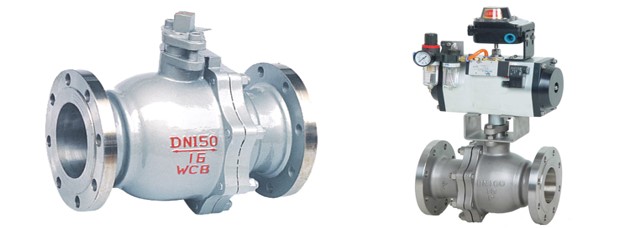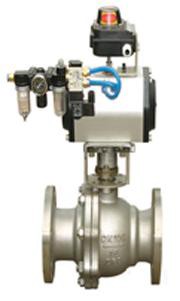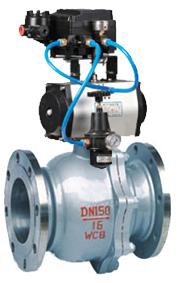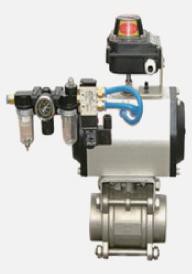
The ball valve has the action of rotating 90 degrees, and the cock body is a sphere with a circular through hole or channel passing through its axis. The ball valve is mainly used to cut off, distribute and change the flow direction of the medium in the pipeline. It only needs to rotate 90 degrees and a small torque to close tightly. Ball valves are most suitable for using as on-off and shut-off valves. The main features of the ball valve are its compact structure, reliable sealing, simple structure and convenient maintenance. The sealing surface and the spherical surface are often in a closed state, which is not easy to be eroded by the medium. It is easy to operate and maintain. It is suitable for general work such as water, solvent, acid and natural gas. It is also suitable for media with harsh working conditions, such as oxygen, hydrogen peroxide, methane and ethylene, etc., and is widely used in various industries. The ball valve body can be integral or combined.

Switch Volume Pneumatic Flange Ball Valve
Product Model: Q41F-6/10/16

Analog Pneumatic Flanged Ball Valve
Product Model: Q41F-6/10/16

Threaded ball valve
Product model: Q11F-6/10/16
Ball valve parameters
1. Nominal pressure or pressure level: PN1.0-32.0MPa, ANSI CLASS 150-900, JIS10-20K;
2. Nominal diameter or caliber: DN6~900, NPS 1/4 ~36;
3. Connection method: flange, butt welding, thread, socket welding, etc.;
4. Applicable temperature: -196℃~540℃;
5. Drive mode: manual, worm gear drive, pneumatic, electric, hydraulic, gas-liquid linkage, electro-hydraulic linkage;
6. Valve body material: WCB, ZG1Cr18Ni9Ti, ZG1Cr18Ni12Mo2Ti, CF8 (304), CF3 (304L), CF8M (316), CF3M (316L). Different materials are used, which can be applied to various media such as water, steam, oil, nitric acid, acetic acid, oxidizing medium, urea and so on.